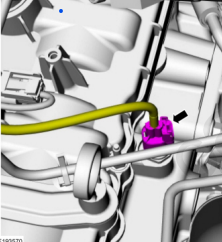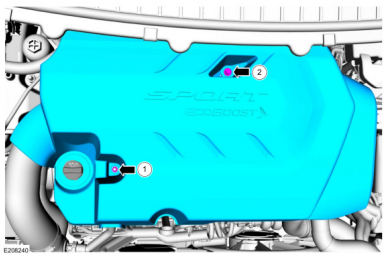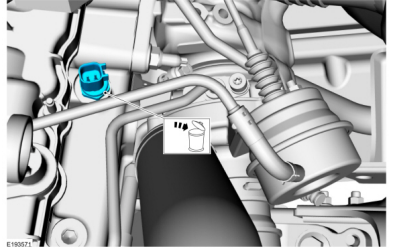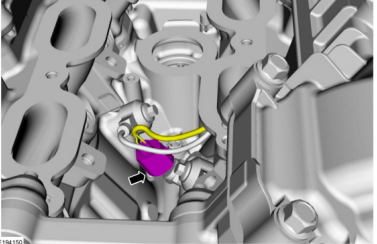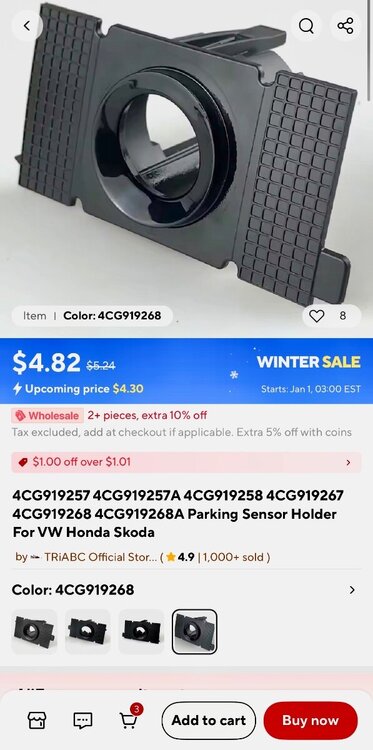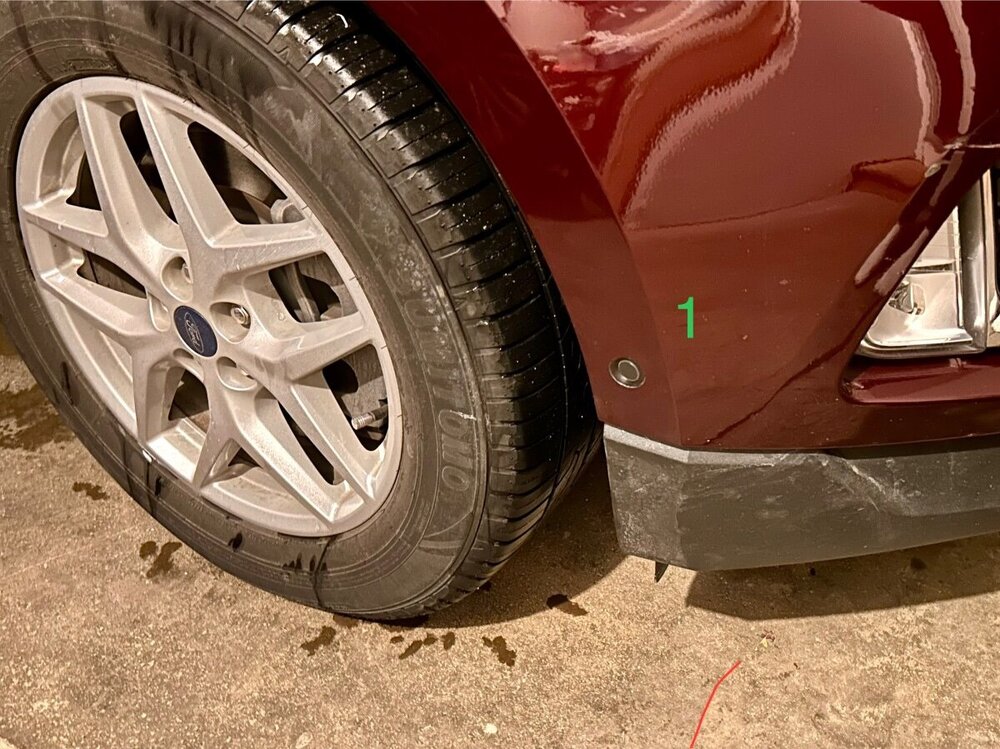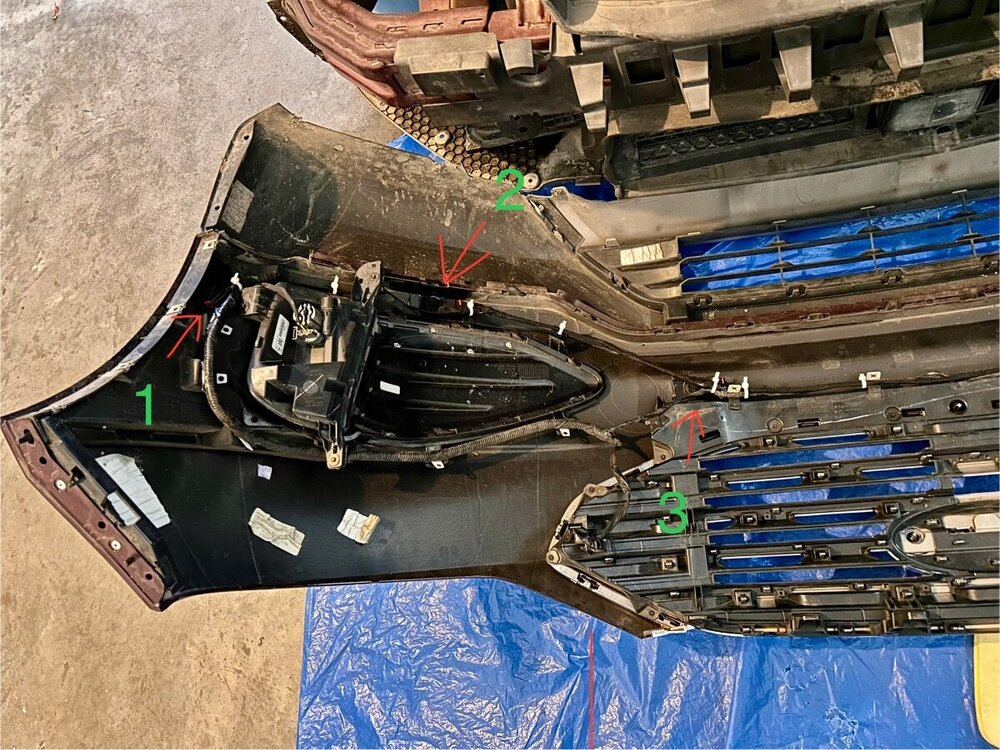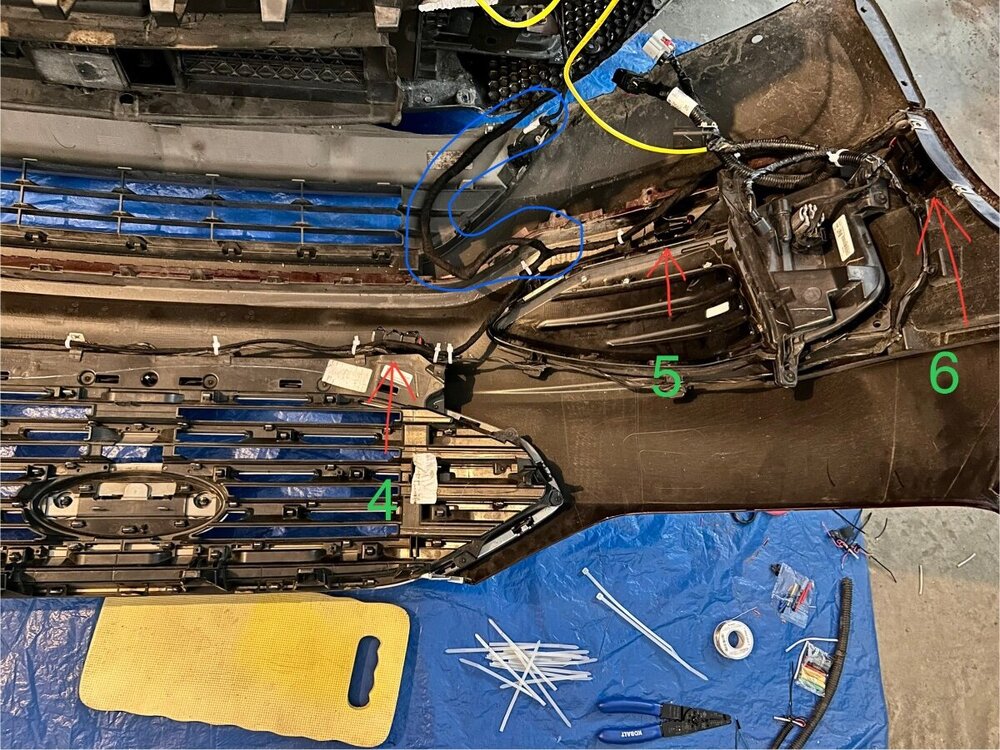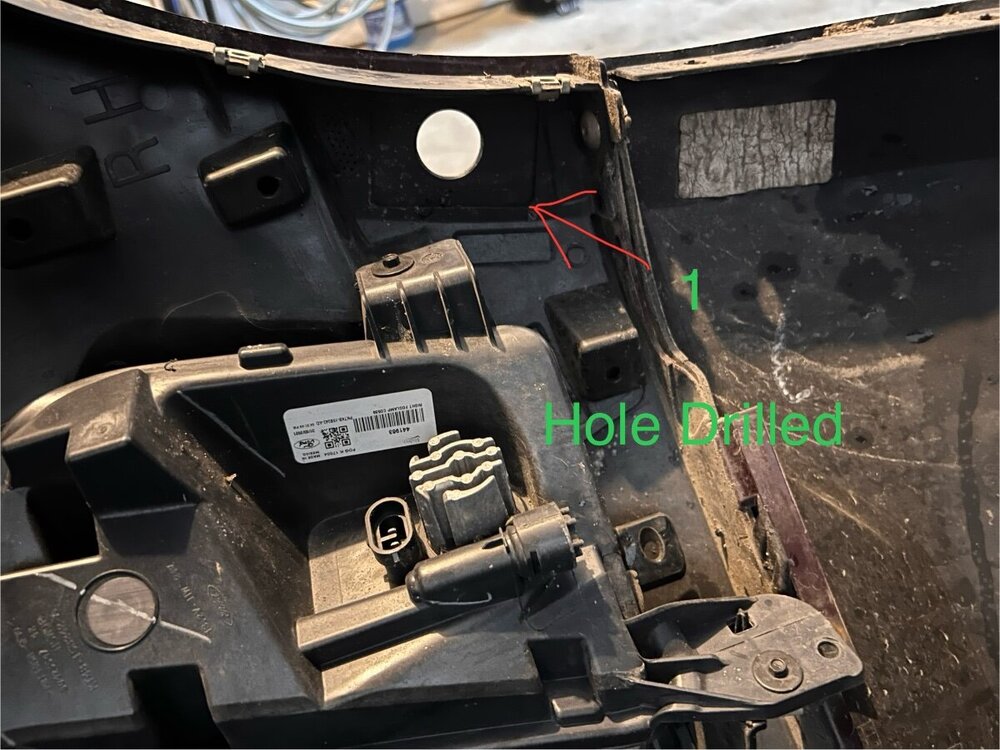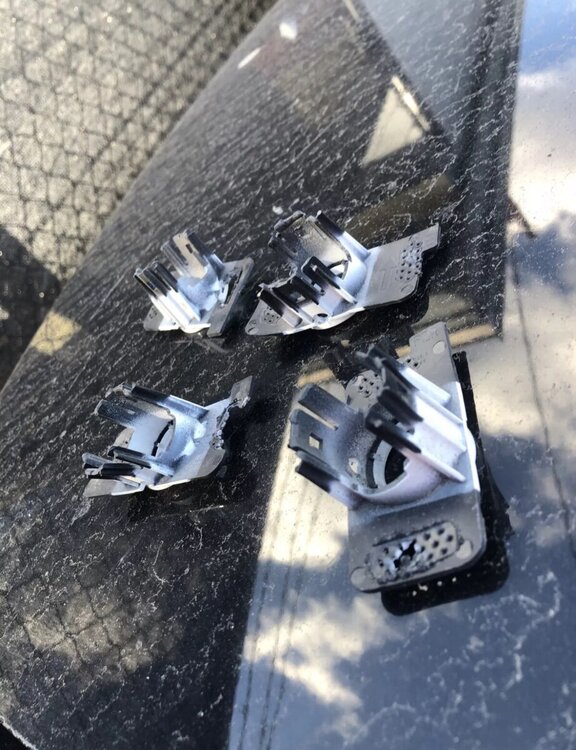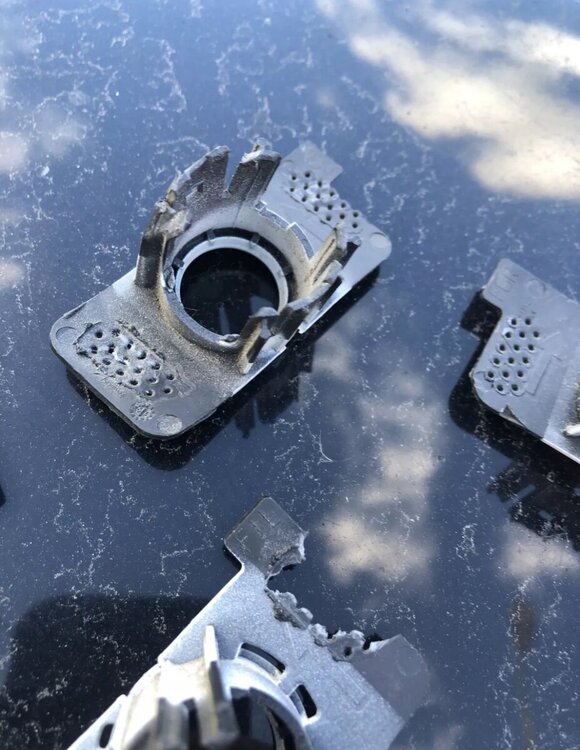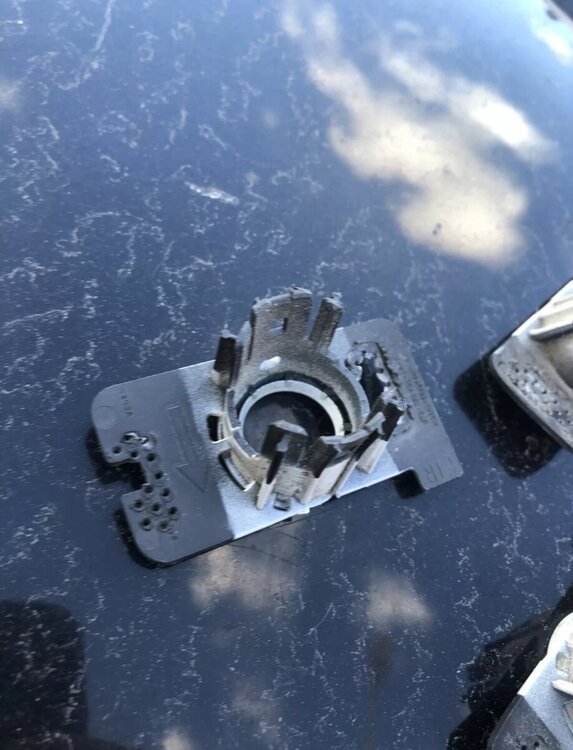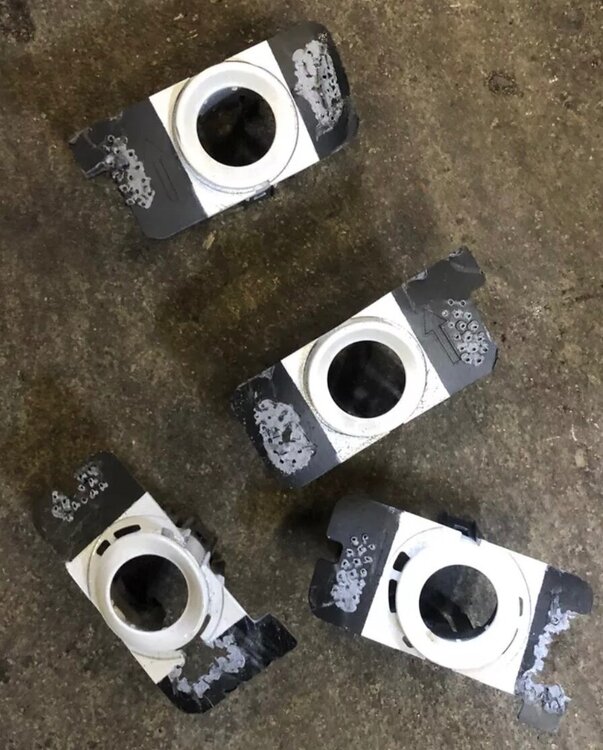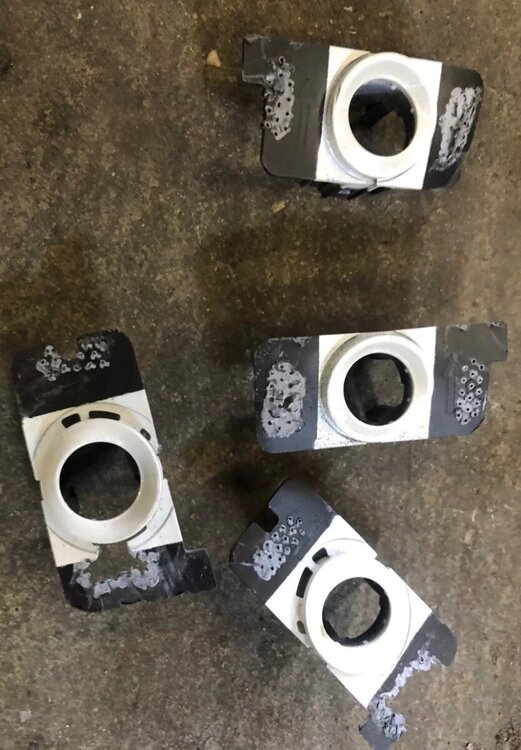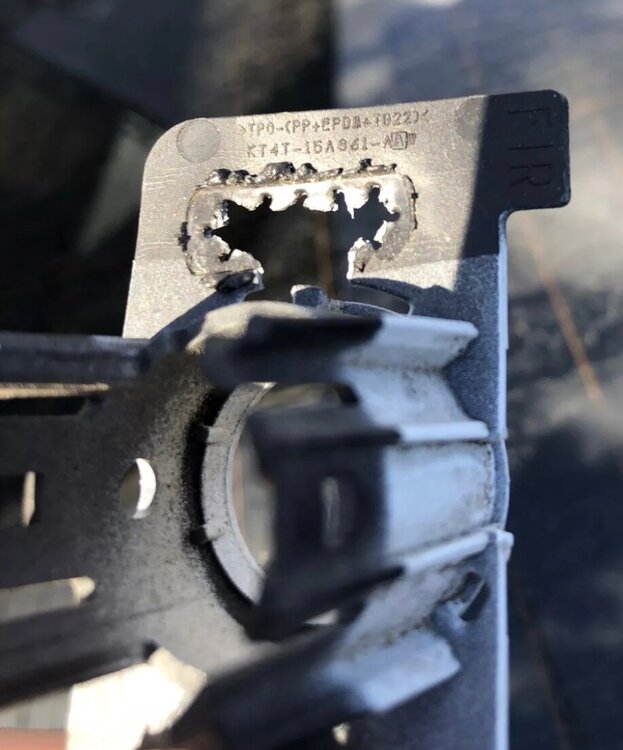-
Posts
609 -
Joined
-
Last visited
-
Days Won
19
Content Type
Profiles
Forums
Gallery
Everything posted by Wubster100
-

Windshield Replacement
Wubster100 replied to 1004ron's topic in Glass, Lenses, Lighting, Mirrors, Sunroof (BAMR), Wipers
Thanks for all of the photos. -
Once it is reprogrammed, it will skip 2nd gear.
-
All 2019-2024 Edges have the 8 speed 8F35. The problem is there is rough behavior from the transmission. To fix the problem, second gear is skipped, making it a seven speed transmission. https://static.nhtsa.gov/odi/tsbs/2021/MC-10203649-0001.pdf
-
I have a 2021 SEL. I think the reason is because the owner of the forum is gone or something like that. https://www.fordedgeforum.com/topic/27032-ford-edge-forum-what-happened/
-

2018 edge sel glove box removal
Wubster100 replied to conniepj's topic in Interior, A.C., Heat, Interior Trim
In the first diagram, E196866, the camera view is looking horizontally straight forward. In the second diagram, E196867, the camera view is looking directly up underneath the passenger footwell. It is not required to remove the glove box. You should be able to access the blower motor down below the glove box. -
I don't have my temperature gauge displayed on mine, so I would have no idea if my temperature gauge fluctuates.
-
Engine coolant flows primarily from the engine to the radiator circuit and back to the coolant pump. Coolant is sent from the coolant pump through the engine block and cylinder head. Separate circuits from the engine also feed the heater core and turbocharger with coolant. The coolant pump, operated by engine rotation through the accessory drive belt, circulates the coolant. The coolant thermostat is a control valve actuated by coolant temperature. When the thermostat is closed, coolant flow bypasses the radiator circuit and returns to the coolant pump. When the thermostat is opened, coolant flows through the radiator circuit to transfer engine-generated heat to the outside air. The engine uses a cold side thermostat. This means the thermostat is located at the lower radiator hose connection to the engine, where coolant enters the engine after being cooled by the radiator. During initial warm-up, the cooler coolant from the radiator quickly closes the thermostat after the warm coolant in the engine opens the thermostat slightly. The thermostat opens and closes several times before the coolant coming from the radiator is warm enough to allow the thermostat to remain open. The engine must run much longer than a vehicle with a hot side thermostat before the thermostat remains fully opened. The degas bottle holds surplus coolant and removes air from the cooling system. It also allows for coolant expansion and system pressurization, replenishes coolant to the cooling system and serves as the location for service fill. The thermostat monitor is a function of the PCM and is designed to verify correct thermostat operation. The monitor executes once per drive cycle and has a monitor run duration of 300-800 seconds. If a malfunction occurs, DTC P0125 or P0128 sets, and the MIL illuminates. Temperature Gauge If the engine coolant temperature data or engine overheat indication request messages are missing for less than 5 seconds, the IPC defaults the temperature gauge to the last indication state, based upon the last message received. If the engine coolant temperature data or engine overheat indication request messages are missing for 5 seconds or longer, the IPC defaults the temperature gauge to the full hot position. Indication Range 0% (under 38 °C [100 °F]) - Full cold (C) 15% (60 °C [140 °F]) - Beginning of the normal range 45% (823 °C [180 °F]-110 °C [230 °F]) - Center of the gauge 85% (120 °C [248 °F]) - End of the normal range 95% (123 °C [255 °F]) - Hot (H) (red line) Engine Fluid Temperature Management The engine fluid temperature management can be activated when high temperature or high load conditions take place. When the engine fluid temperature management is activated, the PCM sends a controller area network (CAN) message to the instrument panel cluster (IPC). The IPC then displays a power reduced to lower temp message. The engine coolant temperature gauge needle moves toward the H (hot) zone. In order to manage the engine's fluid temperatures, the PCM starts to reduce engine power and vehicle speed. The air conditioning may cycle ON and OFF to protect overheating of the engine. Cylinder Head Temperature (CHT) Sensor Engine Coolant Temperature (ECT) Sensor
-
Hopefully you can get it fixed.
-
Yes that is right. You are only supposed to reset the BMS after the 12v battery has been replaced.
-

2019-2024 Parking Sensor Retainer Part Numbers
Wubster100 replied to Wubster100's topic in Exterior & Body
-

Windshield Replacement
Wubster100 replied to 1004ron's topic in Glass, Lenses, Lighting, Mirrors, Sunroof (BAMR), Wipers
parts.ford.com, rockauto, tascaparts, eBay, lakeland ford parts. I always try to shop around for the best price. -

What have you done to/with your Edge/MKX today?
Wubster100 replied to WWWPerfA_ZN0W's topic in Accessories & Modifications
Yes, program with FORScan. https://www.fordedgeforum.com/topic/33057-front-parking-aid-sensors-install-2019-2024/ -

2019-2024 Parking Sensor Retainer Part Numbers
Wubster100 replied to Wubster100's topic in Exterior & Body
I was unable to find any for sale. I have attached photos of ones that have been pulled off of an Edge. I don’t think it is possible to purchase them. I had to get aftermarket parking sensor retainers. -

What have you done to/with your Edge/MKX today?
Wubster100 replied to WWWPerfA_ZN0W's topic in Accessories & Modifications
I am close to finishing installing my front parking sensors. I have all 6 front sensors mounted in place. I just need to finish connecting some of the wires and then I can put the front bumper cover back on. -

Converting from Halogen to OEM HID
Wubster100 replied to Ghhuff's topic in Accessories & Modifications
What is your model year and trim level? -

Converting from Halogen to OEM HID
Wubster100 replied to Ghhuff's topic in Accessories & Modifications
The only difference I can think of is that Canadian vehicles should have permanent day time running lights. This can be done by running the headlights at about 80% brightness if there are no DRLs. -

Converting from Halogen to OEM HID
Wubster100 replied to Ghhuff's topic in Accessories & Modifications
Make sure you are on the latest version of FORScan and have a supported adapter. -

Converting from Halogen to OEM HID
Wubster100 replied to Ghhuff's topic in Accessories & Modifications
Headlamp Style Cfg 726-25-02: xxx*-xxxx-xxxx Values 0=BI_FUNC Halogen 1=BI_FUNC HID 2=Dual 3=Quad DRL Lamp Mask Cfg 726-45-01: xxxx-**xx-xxxx Values (value) DRL Lamp Cfg 726-50-01: xxxx Values 01=DRL Disabled 02=DRL Low Beams 04=DRL Front Fog Lamps 08=DRL Front Turn Lamps 10=Dedicated DRL Lights 20=DRL High Beams 40=DRL Low Beams and Dedicated DRL -
A few updates to the cruise control project: 1. I have not replaced the lower front bumper cover trim to one that protects the cruise control module. So far, no damage or sensor blockage has occurred. I was able to use adaptive cruise control in the rain. I did not notice any snow or dirt accumulate on the sensor. 2. The ABS module will need to be replaced for lane centering, evasive steering assist, and ACC to 0 mph. I have received an ABS module. Currently, FORScan does not have any ABS service functions for the 2021-2024 Edge. However, the FORScan Team has sent me a test build, so I should be able to calibrate the ABS module and bleed the brakes. Hopefully I will be able to find time to replace the ABS module and bleed the brakes soon. 3. A little while ago, my ACC and pre collision assist stopped working. The cause of this problem was a poor connection (done by me lol). The CCM was only getting about 8 volts of power. The solution to this was to fix my bad wiring and ensure the CCM communication wires are a twisted pair.
-

Windshield Replacement
Wubster100 replied to 1004ron's topic in Glass, Lenses, Lighting, Mirrors, Sunroof (BAMR), Wipers
Is it normal for the automatic wipers to wipe once on startup? -

2020 Power source for trailer light converter
Wubster100 replied to Got 2's topic in Interior, A.C., Heat, Interior Trim
The 12v accessory power / "cigarette lighter" might be nearby for power. -

2016 Ford Edge DTC C1001 Backup Camera
Wubster100 replied to rdavis006's topic in Audio, Backup, Navigation & SYNC
Parking Aid PAC DT.pdfThis document contains B115E. -

2016 Ford Edge DTC C1001 Backup Camera
Wubster100 replied to rdavis006's topic in Audio, Backup, Navigation & SYNC
Do you have the front camera with split view, or just the rear camera only?




